All about the density of the sand
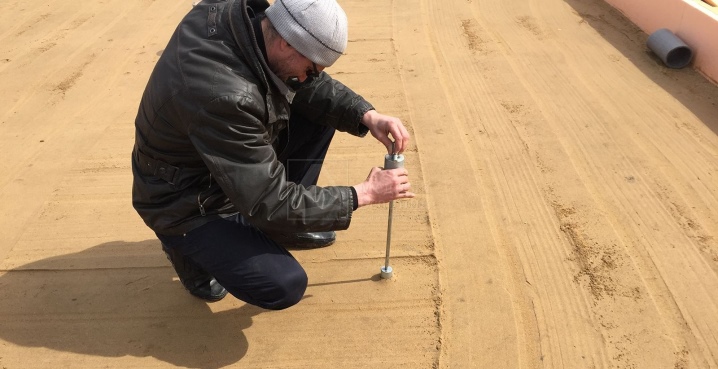
Sand-cement mortar is an irreplaceable component during construction work. The quality of the structure depends on what components were used in such a solution.
While the parameters of cement are well known, the situation with sand is not so simple. Its density plays an important role in the manufacture of cement mortars, so it is important to be able to calculate it correctly.
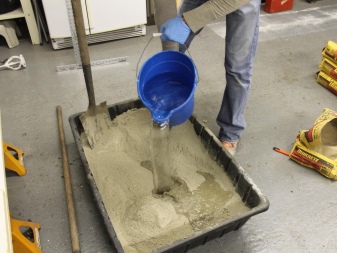
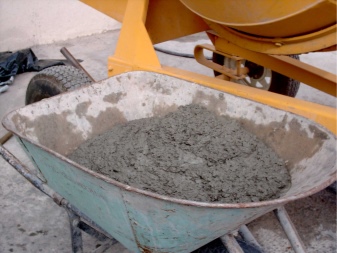
What it is?
If we talk about sand as a building material, then this is a particularly finely crushed rock. The particle size can vary in the range of 0.05-5 mm. This is why problems arise when calculating density.
In practice, it is not easy to define the indicator described. It is almost impossible to measure the gaps between separately lying particles.
This is because the crushing process itself allows the creation of irregularly shaped particles. The distance between their corners is different.
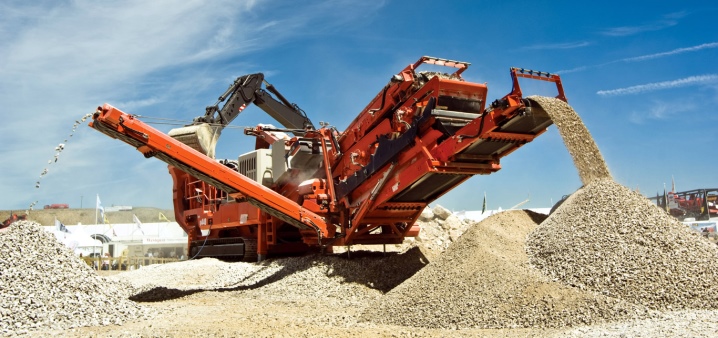
It is also worth taking into account whether dry or wet sand is used, as well as its type. If we take a river one as an example, then it has a denser structure, so the same part cannot go into the cement slurry as the artificially created one.
Since there are difficulties in calculating the density of the described material, it became necessary to introduce such a concept as bulk density. It is she who is called upon to determine the mass per unit volume.
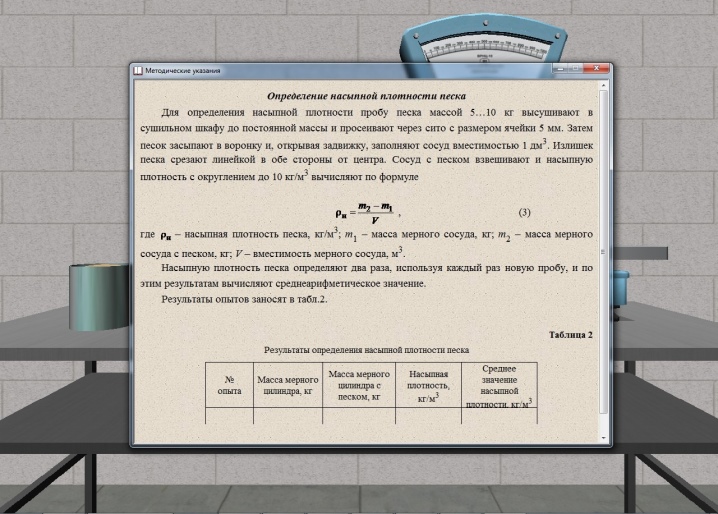
In this case, we are talking about three indicators:
- true;
- bulk;
- average.
If there is extremely compressed sand, which has no gaps between the particles, then we are talking about the true density. Bulk determines the size in dry and weighed form.
The average density takes into account not only the amount of moisture contained in the material, but also the porous structure of the particles.
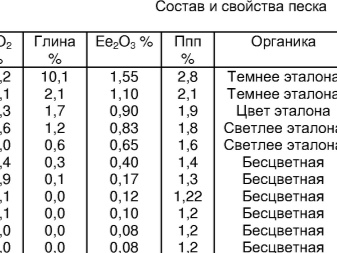
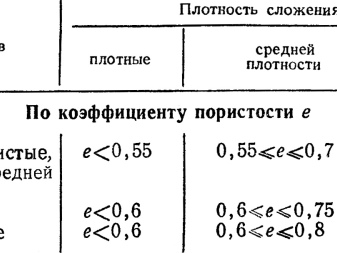
The term "density" can be used to refer to the number of particles per unit volume. In the phrase "density of sand" this will mean how many grains of sand per unit volume. When discussing this issue, the mass or weight of the granules has nothing to do with the density value. Large, heavy granules would take up more space, and therefore there would be less of them per unit volume, so the sand would have a lower density than if small particles were used.
If the particles are the same size and mass, but the density of the sand is lower, then the actual mass density per unit volume is also lower.
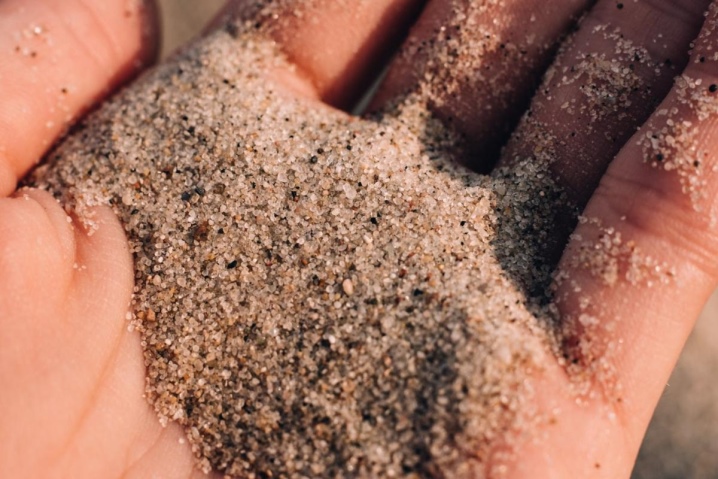
You can use the term density to refer to the number of particles per unit area.
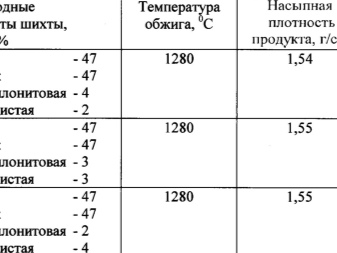
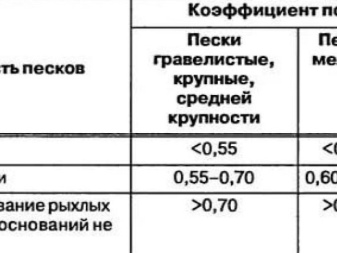
Influencing factors
The bulk dry density of sand depends on several factors: moisture and compaction, along with particle size and angularity.
The bulk density and condition are constantly changing with moisture. It is she who is the most important factor. Since the material is often stored outdoors, the humidity changes depending on the weather conditions outside.
According to the standard, dry sand should be added to the solution, but in practice this is not always possible, therefore the material has imperfect parameters... Precisely because the density also changes due to moisture, it is necessary to take into account the compaction coefficient.
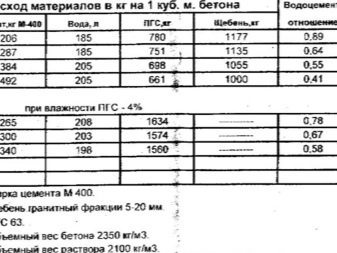
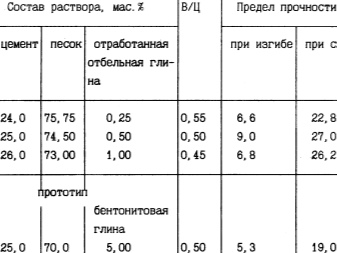
There are other factors that affect the parameter under consideration:
- the degree of compaction;
- mining method;
- the origin of the material;
- particle size;
- mineral composition.
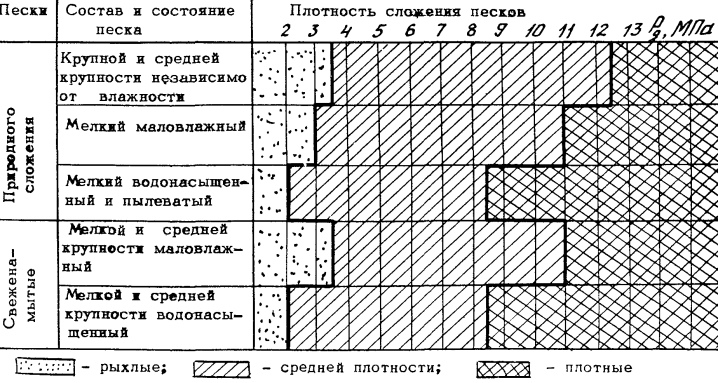
If we compare the material that was extracted from a river or pond and that obtained in a quarry, then their indicators will also differ.
At the same time, artificially created sand has the best characteristics, since it does not contain dirt and other impurities.
If the sand is transported, then during the transportation its indicator may also change. This happens because the number of voids decreases, and the material itself is compacted.
At the same time, the smaller the grains of sand in size, the larger the indicator under consideration. This is not surprising, since in this case they can fit more tightly to each other, respectively, the amount of air between the fractions decreases.
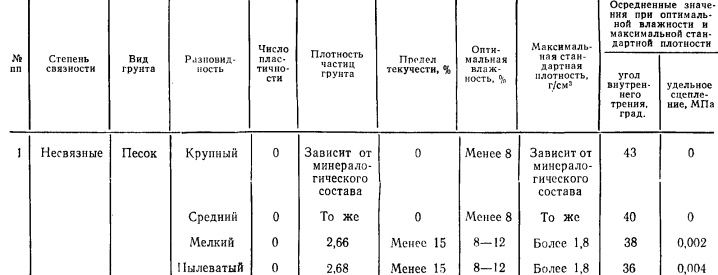
If we talk about the average value, then it is 1450-1550 kilograms per cubic meter.
It is wrong to overlook such a factor as the mineral composition. Sand can be made not only of quartz, but also include other components, for example, mica, spatula. Although outwardly they are all similar, they have different weights and other characteristics.

Characteristics of different types of sand
In sand, the particle size is important, not the material from which it is made. Although most mixtures contain quartz, the density of which is 2.65 g / cm3, or the shells of marine animals, there is one that contains aragonite. The density of the latter is 2.9 g / cm3.
The least common material is olivine with an index of 3.2 g / cm3. Remember that these density values refer to bulky, hard, compact minerals, not sand made from them.

The indicator for compacted, gravelly, compacted, natural, wet and volcanic sand will be different.
Compaction means that the space between the grains is reduced. It allows you to reduce the total volume of sand, but this has little effect on weight, so porosity decreases and density increases.
The angularity or roundness of the grains also affects compaction, with corners generally easier to compact than rounded ones. Sand mixtures made from shells are not only made from a denser mineral, but also from usually more angular fragments, so such material will be somewhat denser than quartz.
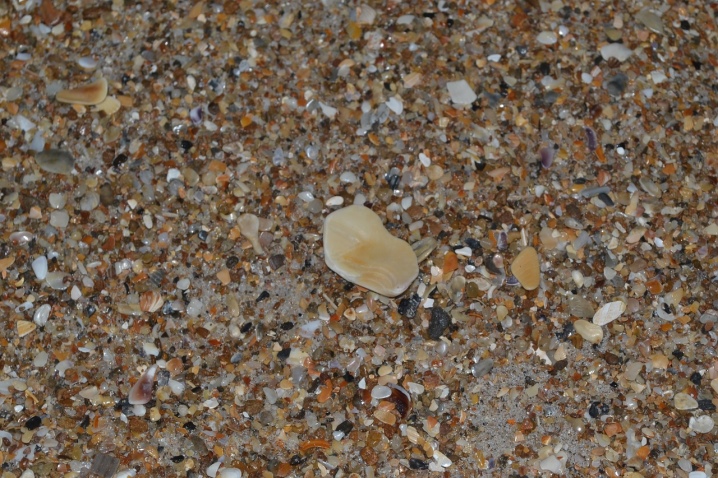
Cementation and matrix also change density and include other materials such as mud, clay or chemical precipitation that occupy the space between grains, increasing mass but having little effect on volume. Like compaction, this reduces porosity and increases density.
Likewise, wet sand contains water in the pores instead of air, which also increases the density akin to matrix and cement.
Ultimately, a typical dry unconsolidated beach sand has a value of 1.6 g / cm3, while similar sand mixtures with varying degrees of compaction, cementation, matrix and amount of water range from 1.5 g / cm3 to 1.8 g / cm3. ...
Note that these are only general values for quartz / aragonite sands, black alluvial sands can typically be 3 g / cm3 or more.
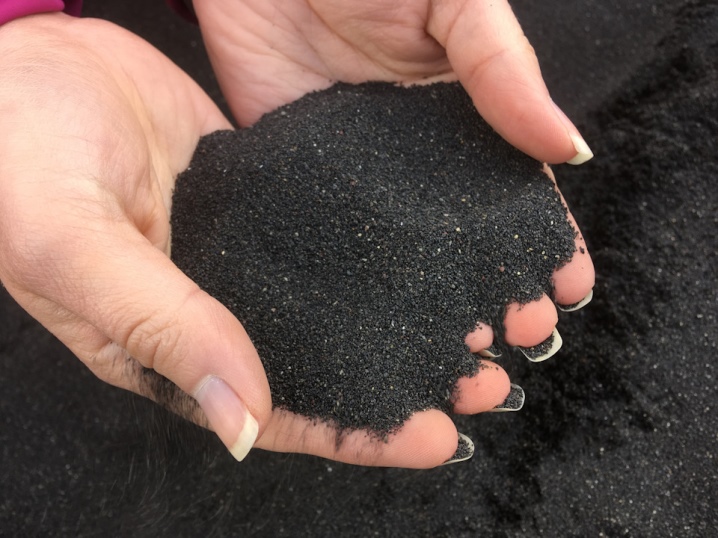
There is a GOST, which indicates the parameters of each type of sand, including class 1. It goes under number 8736-93. The specific gravity of the material on it should be 15 kilograms per cubic meter.
In the table, building material is presented in several forms:
- loose;
- rammed;
- wet.
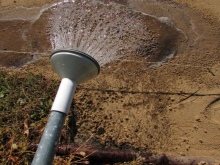


For each, the specific gravity will be different. In the first case, it is 1440 kg per m3, in the second - 1680 kg per m3, and in the third - 1920.
Under a separate GOST there is a molding material, its indicator is 1710 kg per m3.
River sand is often used, but it also has three types:
- simple;
- washed;
- rammed.
For them, the parameters are as follows: 1630 kg per m3, 1550 and 1590, respectively.
The same goes for quartz sand. Normal has a specific gravity of 1650, dry - 1500 and compacted 1650 kg per m3.

There are also quarry, ravine, mountain, sea and water-saturated. They all have their own indicator. The latter has the maximum, it is 3100 kg per m3.
Payment
Determination of the required indicator can be done in various ways.
The conversion factor is often used, but the method under consideration has a significant drawback - an error of 5%.
Measurements can be made using a pre-calibrated container. But the application of this method is not always possible. You will need a bucket with a volume of 10 liters with a height of 10 centimeters. It is completely filled with sand, but not rammed. Weigh the vessel.
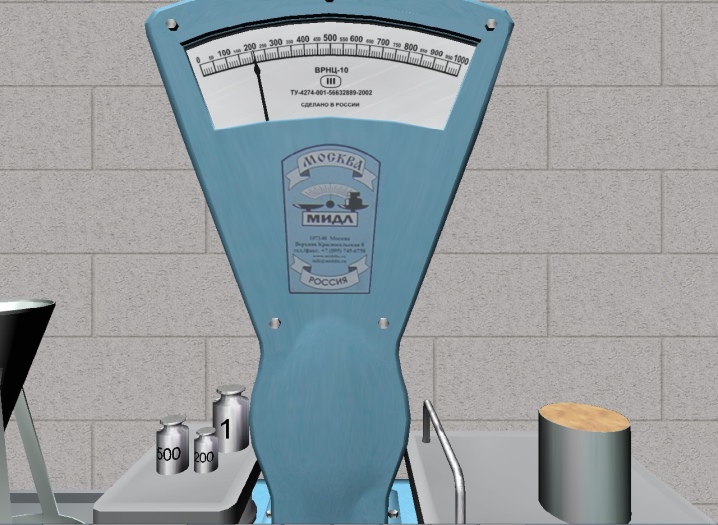
Next, use the following formula:
P = (m2 - m1) / V, where:
m1 is the mass of the container;
m2 is the total weight of the sand bucket;
V is the volume of the container (for example, 10 l).
The volume from liters is converted to cubic meters, and only then this indicator is inserted into the formula.
Sometimes in factories, the so-called cutting ring method is used. It refers to laboratory testing methods. Its essence lies in the selection of samples by means of a special measuring device - a ring-sampler with a predetermined mass. The ring is selected depending on the type and condition of the soil. The sample is weighed together with the ring, and then the mass of the soil is calculated. Its density, in turn, is defined as the ratio of the mass of the soil to the internal volume of the ring.

How to determine the true density of sand, see below.













The comment was sent successfully.